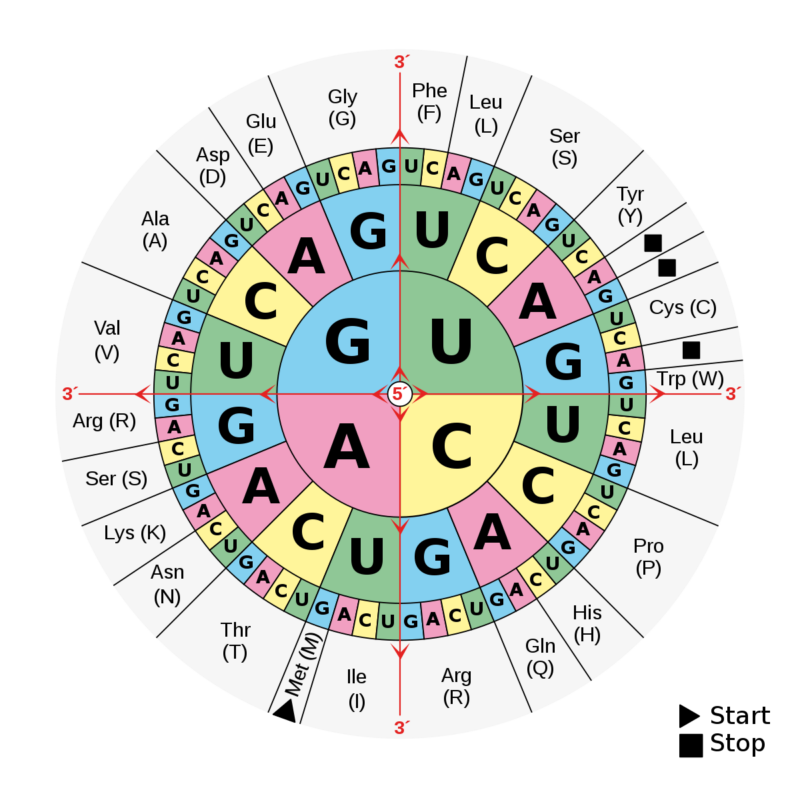
Mutations are the raw ingredient of evolution, providing variation that sometimes makes an organism more successful in its environment. But most mutations are expected to be neutral and have no impact on an organism's fitness. These can be incredibly useful since these incidental changes help us track evolutionary relationships without worrying about selection for or against the mutation affecting its frequency. All of the genetic ancestry tests, for example, rely heavily on tracking the presence of these neutral mutations.
But this week, a paper provided evidence that a significant category of mutations isn't as neutral as we thought they were. The big caveat is that the study was done in yeast, which is a weird organism in a couple of ways, so we'll have to see if the results hold in others.
True neutral?
One of the reasons that most mutations are neutral is that most of our DNA doesn't seem to be doing anything useful. Only a few percent of the human genome is composed of the portion of genes that encode proteins, and only some of the nearby DNA is involved in controlling the activity of those genes. Outside of those regions, mutations don't do much, either because the DNA there has no function or because the function isn't very sensitive to having a precise sequence of bases in the DNA.
But even within the parts of genes that encode proteins, the precise sequence shouldn't matter all that much. Each protein's amino acid is encoded by a combination of three bases in DNA. That means there are 64 possible codes for amino acids—but we only use 20 different amino acids. As a result, there's plenty of redundancy in the genetic code. For example, the base series ACG encode the amino acid threonine. So does the series ACA. And ACC. All told, four different codes will get you threonine.
The key thing to note is that all four codes start with AC. If you have a mutation in either of those two bases, you no longer get threonine. But if you get a mutation in the third position, it doesn't matter—whatever you change the base to, you still get threonine. That should be a completely neutral mutation. And researchers have used the assumption that it is neutral to help them track protein evolution.
That's the assumption that the new paper put to the test.
Make all the mutations
To test neutral mutations, the researchers started with a panel of 21 yeast genes, chosen partly because they are involved in a wide variety of cellular activities. The other part behind their choice is that eliminating these genes doesn't kill the yeast but makes it less healthy. That should make it easier to detect partial effects, where the mutation makes the yeast less healthy.
Within that stretch, the researchers picked a 150-base stretch in the DNA and made every single possible mutation, using DNA editing to make a yeast strain carrying the mutation. That is a total of over 9,000 individual yeast strains, with some carrying mutations that will change the amino acid sequence and others carrying mutations we'd expect to be neutral. But of course, this involved lab work, where things don't work for random, unknown reasons, so the researchers had to settle for testing about 8,300 mutant yeast strains.
The test was pretty simple. Throw equal numbers of normal and mutant yeast in a flask, and let them grow for a bit. Then, sample the population, and check the relative levels of normal and mutant yeast. If the mutation lowered the fitness, you'd see more normal yeast when you sampled the flask.
That was true for mutations that changed an amino acid. These saw their relative fitness drop a bit, though not by much (their fitness was 0.988 that of the normal yeast). But the neutral mutations weren't notably different—they also dropped the yeast's fitness by a tiny amount relative to a normal strain. In effect, the mutations that didn't change any amino acids were, on average, indistinguishable from the ones that did. Beyond this average, you could tell a slight difference. There were more amino acid-altering mutations that had a stronger deleterious effect on fitness, and more neutral ones that had a minimal effect. But it's clear that, as a whole, the class expected to be neutral wasn't.
reader comments
79